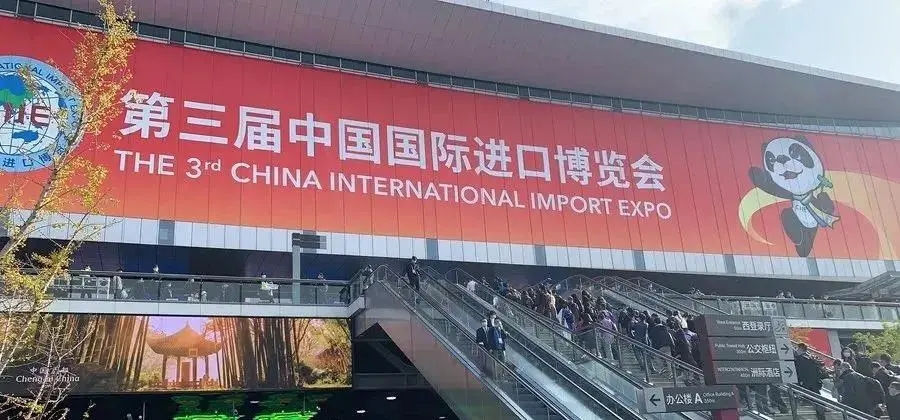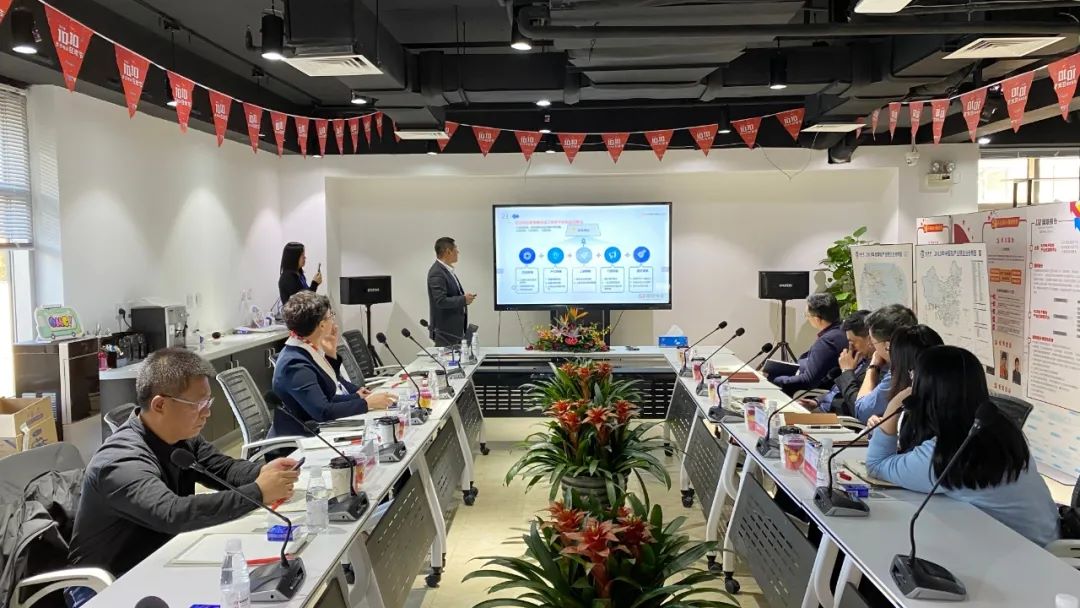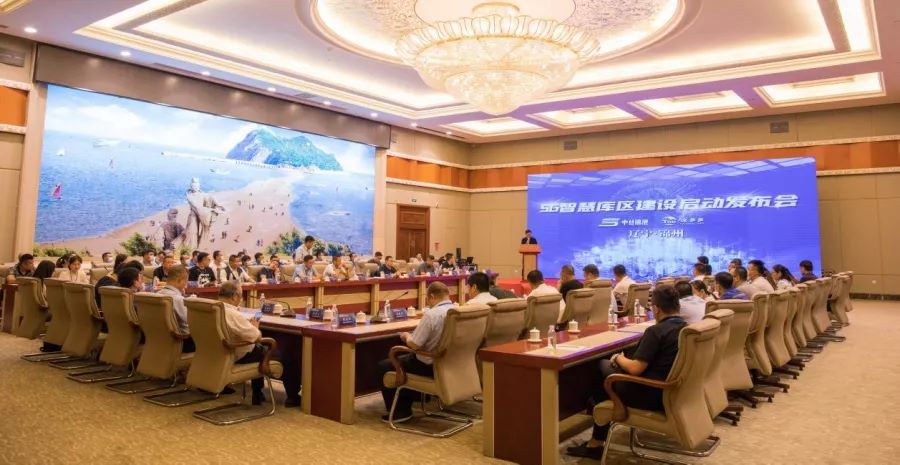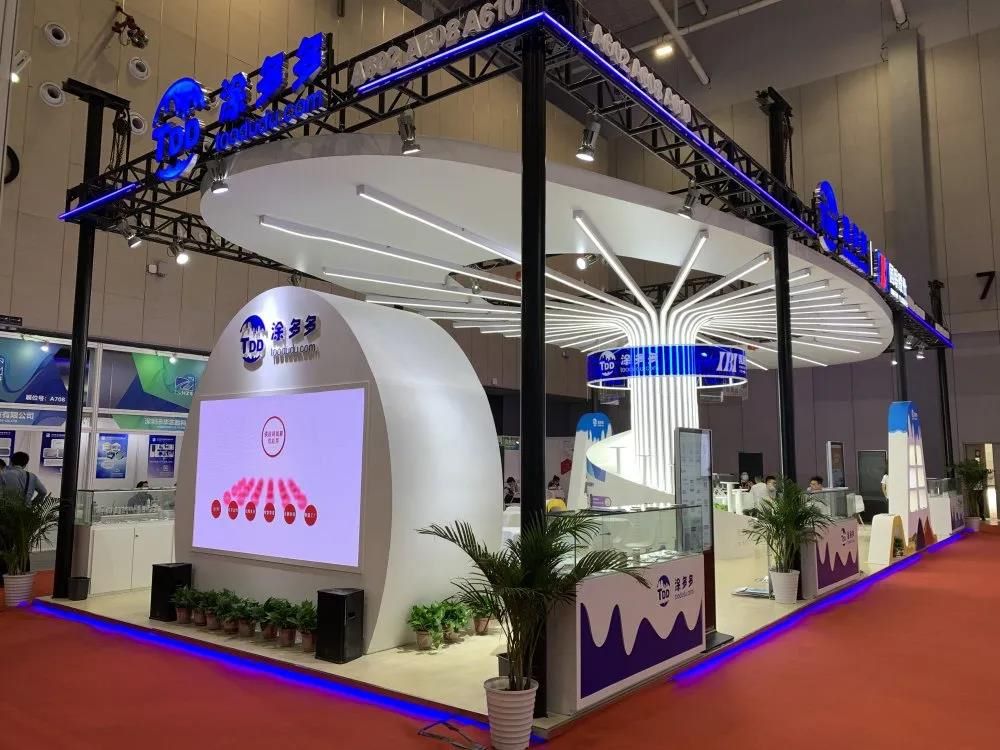The pain and value reconstruction of the domestic tire industry
The advent of the new energy vehicle era has pushed the brand premium gap to a new dimension. The Bridgestone Turanza tires that come standard with the NIO ET7 have a 40% price difference with domestic tires of comparable performance.
This cognitive barrier stems from the hundreds of millions of dollars of annual marketing investment by international brands such as Michelin, while domestic companies only invest a fraction of this amount. Data shows that the increase in brand awareness Michelin has gained through the F1 event is equivalent to saving 15% of advertising costs each year, while the premium ability of domestic tire brands remains in the price-sensitive market.

The generation gap in service networks is swallowing up the high-end market opportunities of domestic tires. Brands such as Michelin and Continental have built a nationwide chain service system, while domestic tires still rely on the scattered terminals of traditional auto parts cities.
When consumers choose the "free dynamic balancing" service on JD.com, the brand choice has been filtered out in advance by channel dealers. This loss of channel discourse power directly leads to a high-end car owner customer churn rate of 67%, while the construction cost of the service network accounts for 22% of the operating expenses of tire companies.
Standing at the critical point of a century-long change in the global tire industry, Chinese companies are facing a historic choice. When the price advantage reaches the ceiling, the real competition has just begun. This all-round upgrade involving intelligent manufacturing, material innovation, and channel changes is not only about the redistribution of market share, but will also determine the ownership of the discourse power of industrial civilization.
The future tire battlefield will eventually belong to those who can both build a technological moat and reshape the value delivery system. In the foreseeable future, the industry concentration will accelerate. It is expected that by 2030, CR10 (the concentration of the top ten companies in the industry) will increase from the current 42% to 65%, and this process will be accompanied by severe industrial pain and value reconstruction.
- Domestic PCR market: TBR trend gradually emerging906
- In-depth analysis of Michelin's first quarter performance in 2025: Challenges and opportunities coexist994
- Analysis of the impact of the US tariff reversal on the Chinese tire market1081
- New energy tire industry has bright prospects but many challenges919
- Light truck sales soar, tire industry ushered in a new trend978









